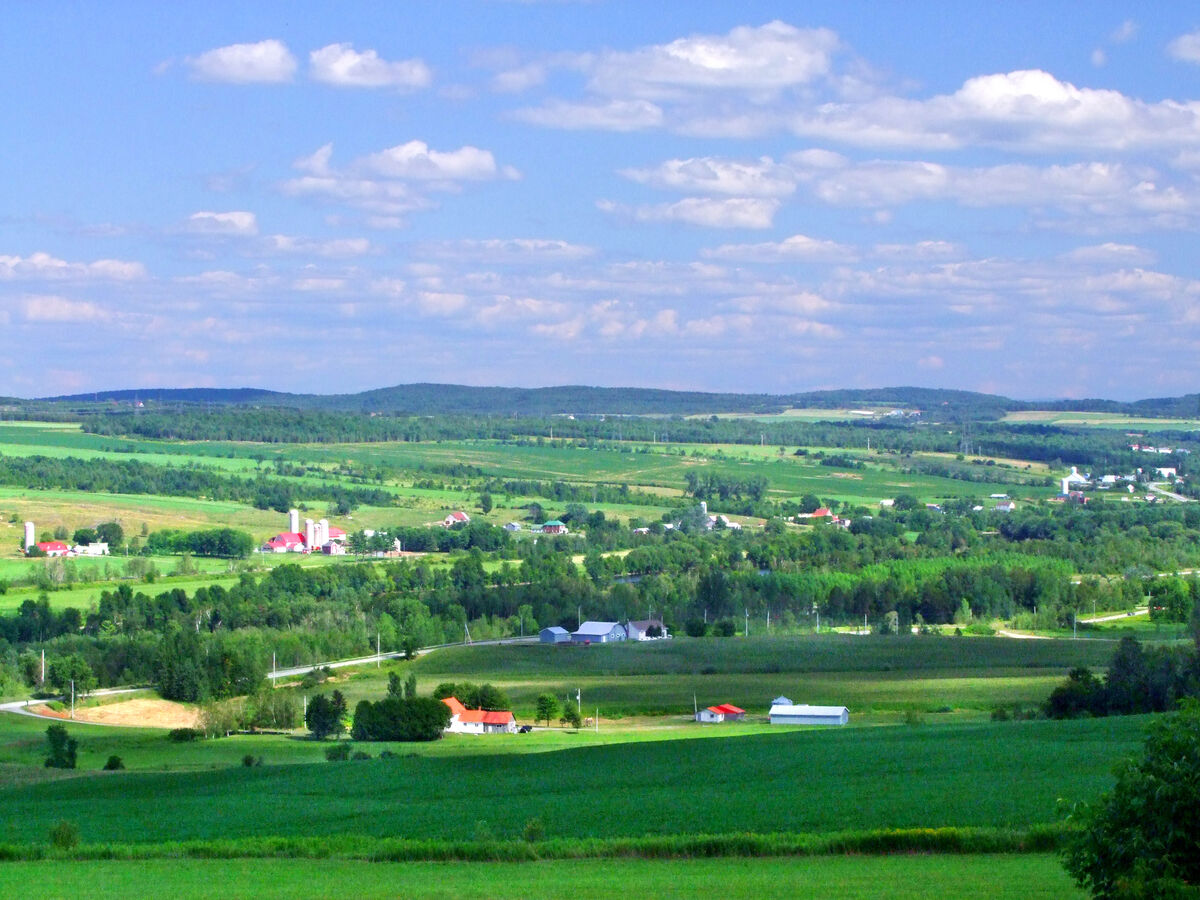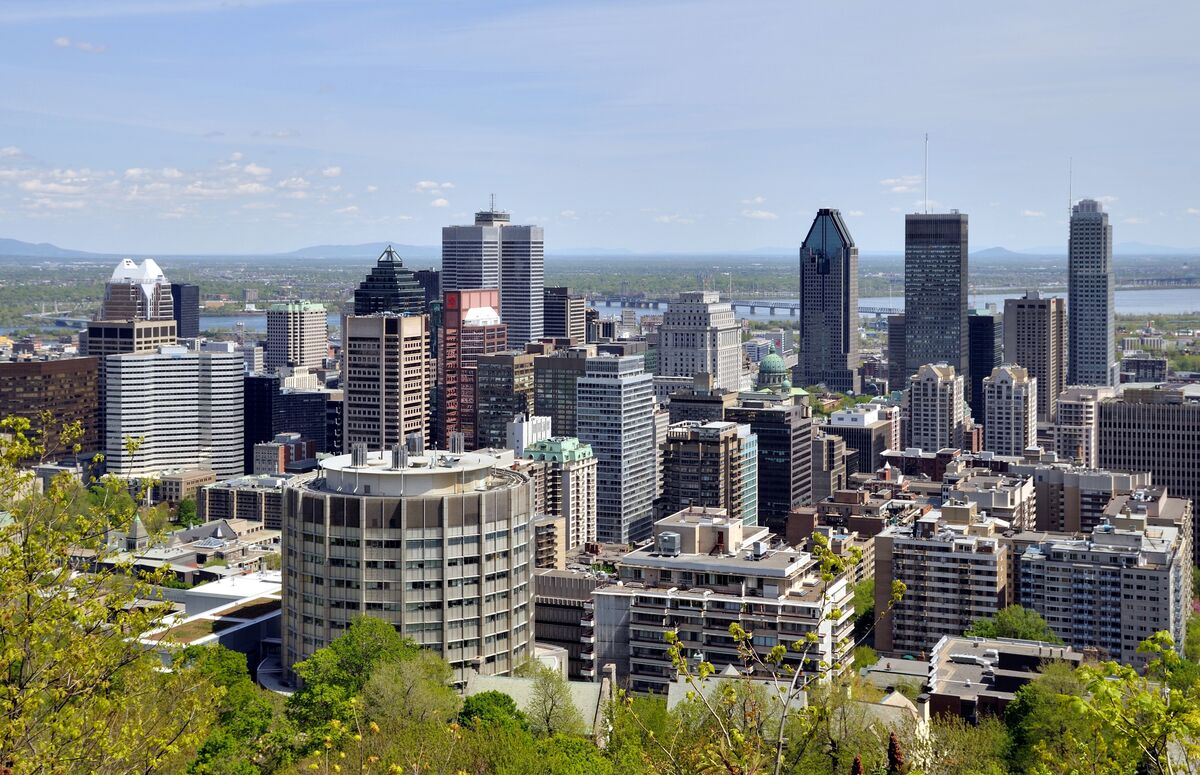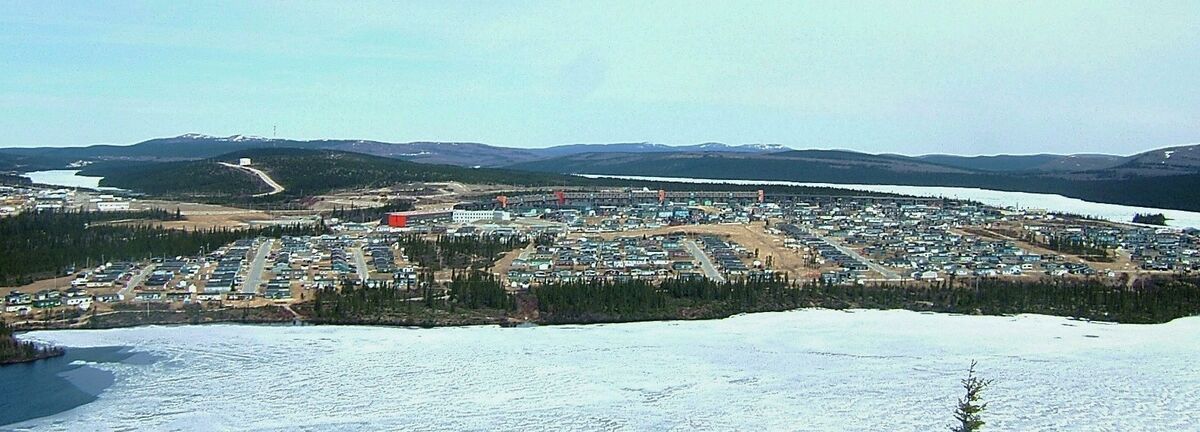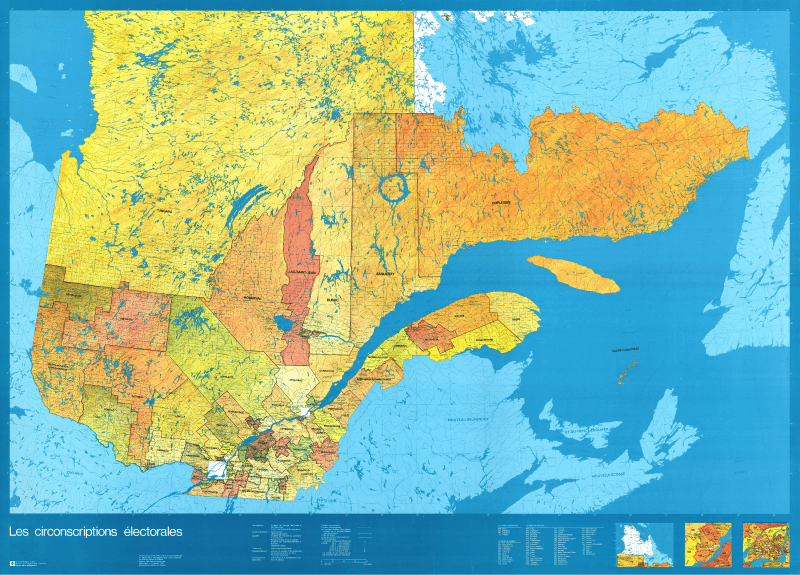Urbanization began during the first phase of industrialization and continues to be the trend today. Devitalization affects many rural areas far from urban centres since many residents in Quebec’s regions leave for cities, causing multiple businesses to close due to a declining and aging population.

When people leave rural areas for cities, the move is often permanent and very few return to their place of origin. Several reasons could explain this migration: education, employment, and services. These elements can make the city more appealing compared to rural areas.
Also, with the emergence of globalization at the end of the 20th century, many companies previously located in rural areas were outsourced because it became more profitable to operate in foreign countries.

The inhabitants who choose the city are often of working age, which means that the regions lose the workforce they need to maintain their vitality.
Cities offer many advantages over rural areas. For instance, cities have large markets of customers for businesses and services. Grocery stores, schools, hospitals and financial institutions are examples of essential institutions that have been added to cities to meet the needs of growing populations.
On the other hand, some services have closed in rural areas due to a declining customer base. Jobs and services are increasingly hard to find, and devitalized communities in turn experience significant problems with poverty.
Some towns in Quebec were built for companies wanting to set up their operations in the regions. These towns revolved around a single entity that provided jobs to most of the inhabitants.

Towns like these are vulnerable to economic fluctuations and company decisions because they depend on a single economic sector. If a company shuts down, rapid devitalization of these single-industry cities is likely to occur.
The significant decrease in rural populations means that these areas lose their political weight in elections. Electoral divisions are established based on demographic data, meaning the number of inhabitants. New electoral divisions are created in cities with demographic growth, while others are removed in rural areas where populations are declining considerably.

The regions are essential because its many farms supply food for Quebec’s population. However, the province is struggling to ensure that the next generation joins the agricultural sector.
Devitalization obviously plays a role in this situation, but other factors make the industry less accessible. Unpredictable wages for hard work, difficulty obtaining loans and the cost of acquiring farms and tools discourage potential farmers.
